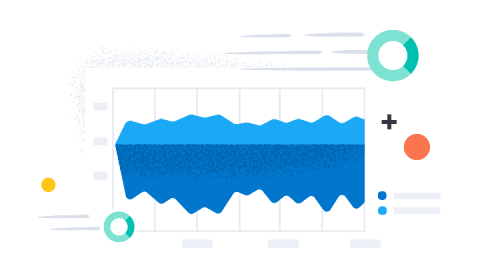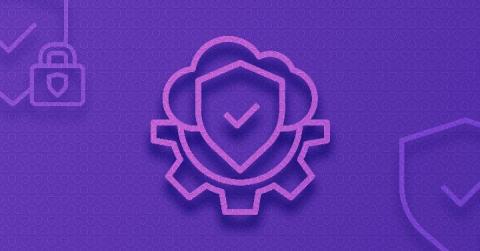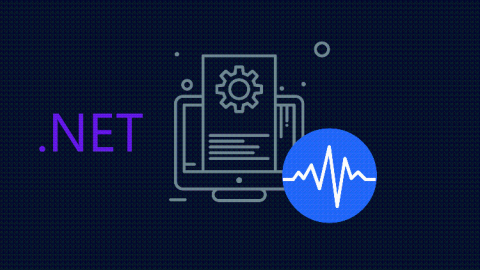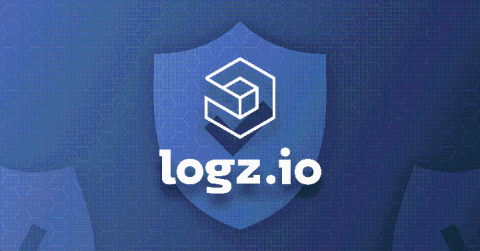A Practical Guide to Kubernetes Logging
Kubernetes has become the de-facto industry standard for container orchestration. It provides the required abstraction for efficiently managing large-scale containerized applications with declarative configurations, an easy deployment mechanism, and both scaling and self-healing capabilities.











